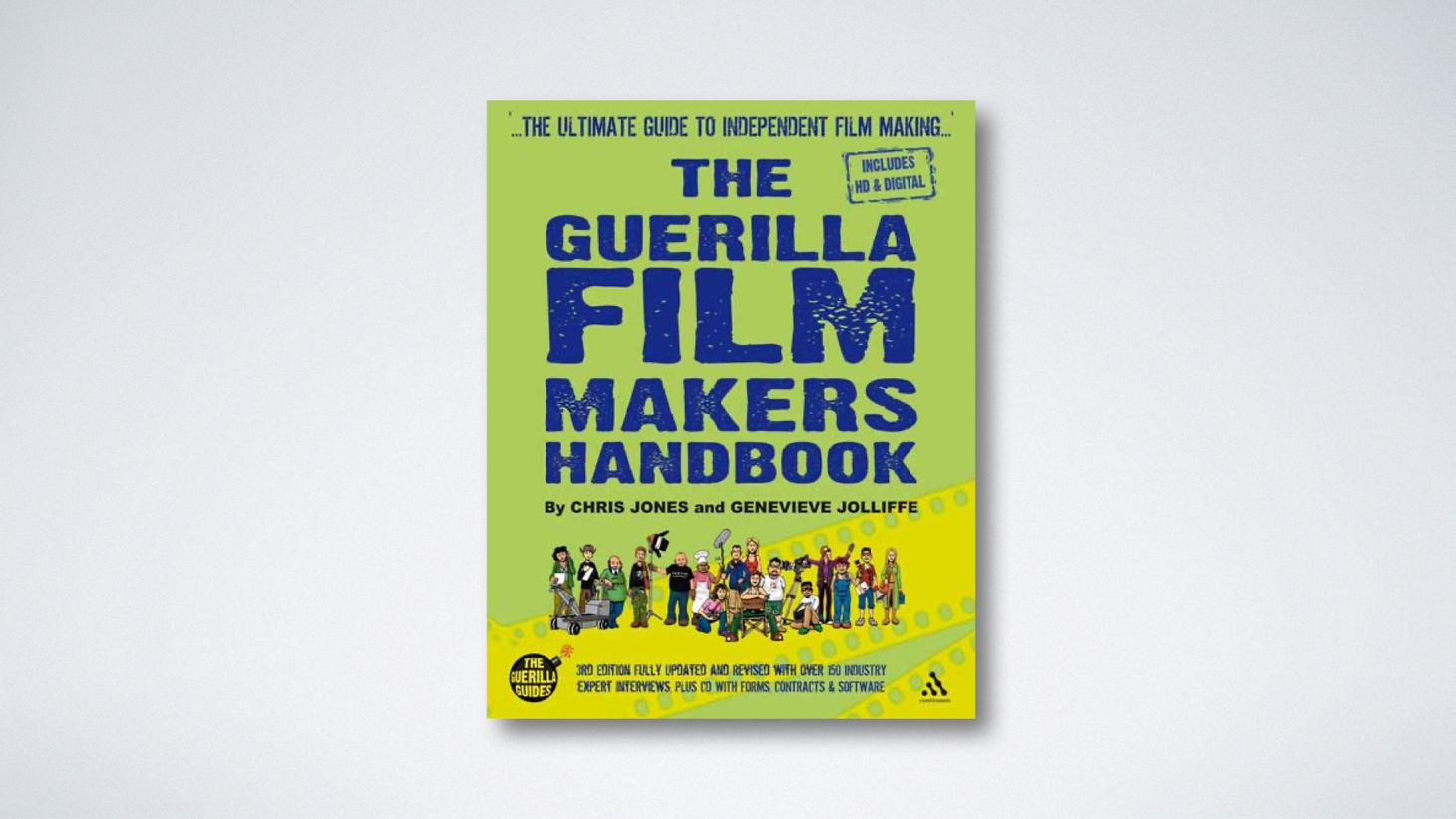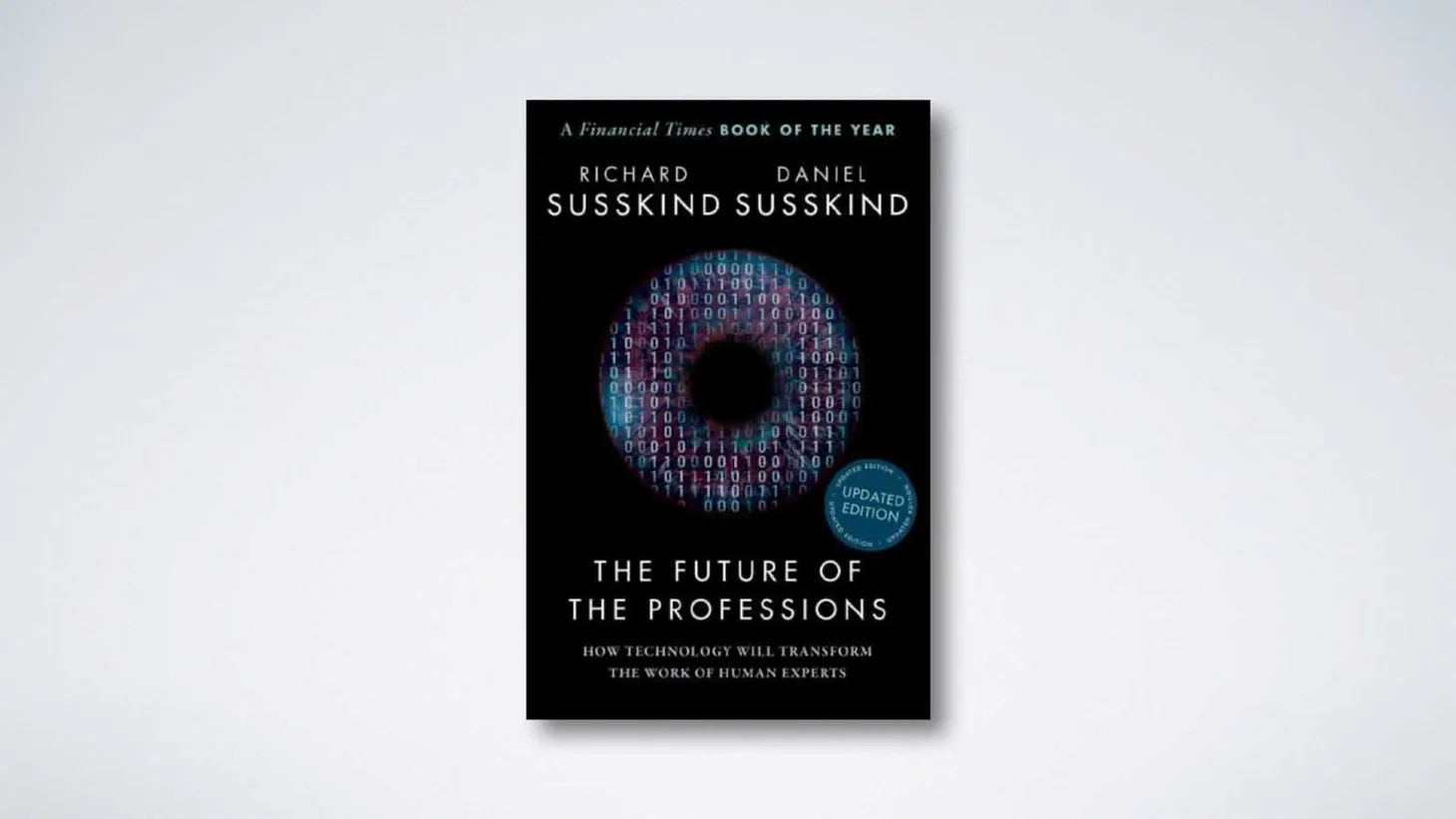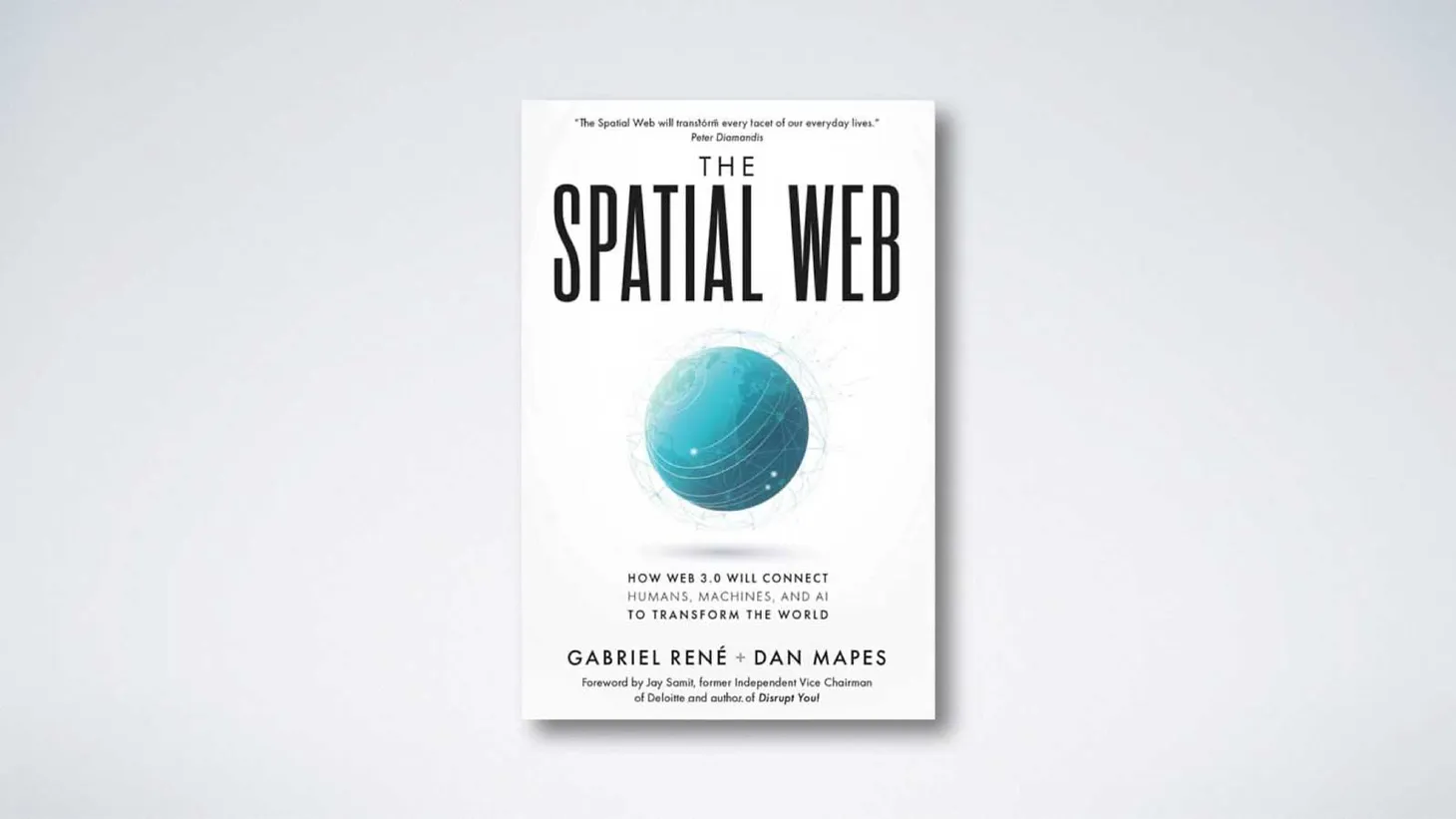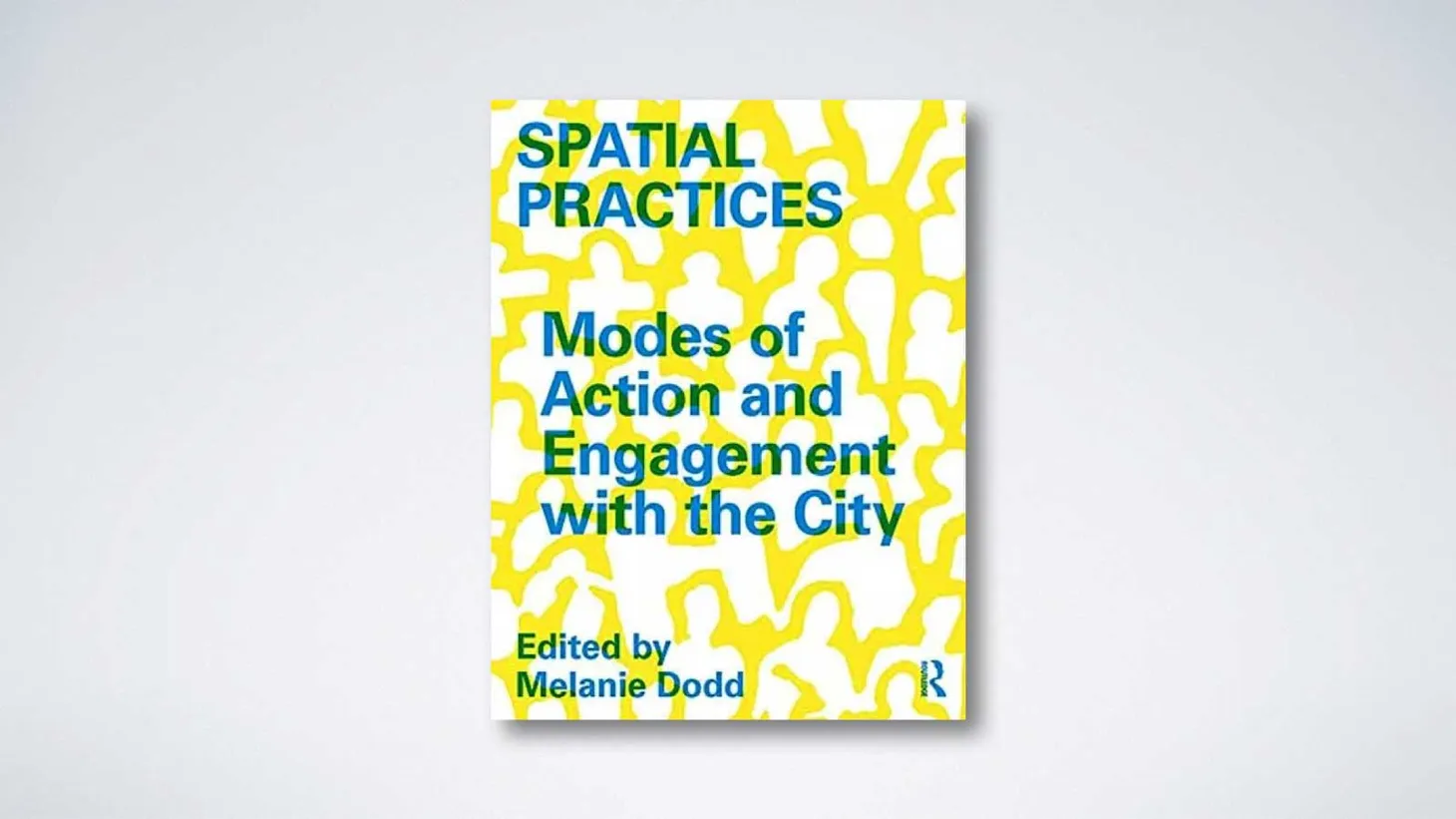The Guerrilla Filmmakers Handbook
A how-to-do manual for the independent in spirit

Table of Contents
Breaking through
The preamble above, as with all of our book reviews, warns that they are effectively biased – in favour of us seeking teachable moments for ourselves, embedded within the narrative or prose.
In examples where these motives are apparent, one could argue that we are breaking a fourth wall of sorts. That is certainly the case here.
Independence days
As handbooks go, this one is something of a standard text in the independent film industry, at least in the UK. Organic in evolution and comprehensive in scope, it is a compendium of the voices (via interviews) of key figures in the industry, with grounded advice, quick tips and numerous shortcuts that can take a budding filmmaker from idea to theatrical release.
This hefty book is very much a how-to-do manual, as the authors put it, “about maintaining an aspirational dream worthy of the tremendous journey undertaken when making a film”.
As its ‘guerrilla’ title suggests, it appeals to the independent in spirit, and lays out a roadmap for the veteran and inexperienced alike. We are not in the business of film, but we are here for these values.
It just so turns out that there are many practical lessons to be learnt as well.
A production model
Though we do not produce films, we are, nevertheless, in the business of production. The fact that the authors are low-budget filmmakers is quite relevant for us. Their example of economy in the employment of ideas and resources is quite relevant, as well as the necessity for characters to wear many hats, both in front and behind the scenes.
Critically, film gives us a departmental model of production that is highly compatible with our goal of meaningful collaboration.
In short, we take from film a model of compartmentalised and collaborating teams of specialists (art, camera, grip, wardrobe etc), and deploy it within a greater whole, unique to the demands of spatial practices.
What we lack in comparison, however, is the tradition of production unique to our format. Filmmakers have film schools, festivals, standard forms and contracts, tax incentives, distribution networks and so on. The challenge with our handbook to come, is to avoid having to invent it all from scratch.
And to the point
This filmmaker’s handbook probably works better for shorts than for features. Shorts are useful in that they allow filmmakers to prototype the production process, without the enormous time and resource commitment involved in making a longer film. Even though there is significantly less of a commercial market for shorts than for features, they serve as useful learning experiences.
Our goal, initially and analogously, is to make ‘shorts’ in our format, not only to learn the ropes of the craft and experience, but to lay down examples of how to achieve production in the first place.
Scale & longevity
Here is something to note; the numerous interviews with industry professionals are accompanied by details of the companies that the individuals represent or run.
This third and most recent edition was completed at the end of 2005. Seventeen years later, most of these companies do not exist, or at least their websites don’t. In the UK, 20% of small businesses fail in the first year, and 60% within three years. Whether working in film or furniture, we cannot escape these statistics. Large businesses fail as well, but achieving scale is an achievement in itself, and as we will explore, it is critical for long-term business success.
Here are three examples of entities that have in fact survived since 2005:
- Barclays (bank)
- Shooting people (platform)
- BECTU (union)
Make of that what you will
An industry
The handbook breaks down what we might casually refer to as ‘an industry’. With film, there is an extraordinarily broad and deep ecosystem of entities and individuals, from conceptual development, to finance, pre-production, production, post-production, sales and the ultimate screenings.
When we walk past a film poster, it does not even begin to hint at the complexities involved in arriving at that stage, even when key production credits are included. The same could be said about walking past a building, a car or picking up your mobile phone.
With hu.bb, though we borrow systems from several established industries, we are, in fact, proposing to transform them to create a new industry. The task at hand therefore involves complexities as broad and as deep, eventually, as any other.
Authors: Chris Jones & Genevieve Jolliffe
Year of Publication: 2006
amonle Journal
Join the newsletter to receive the latest updates in your inbox.



